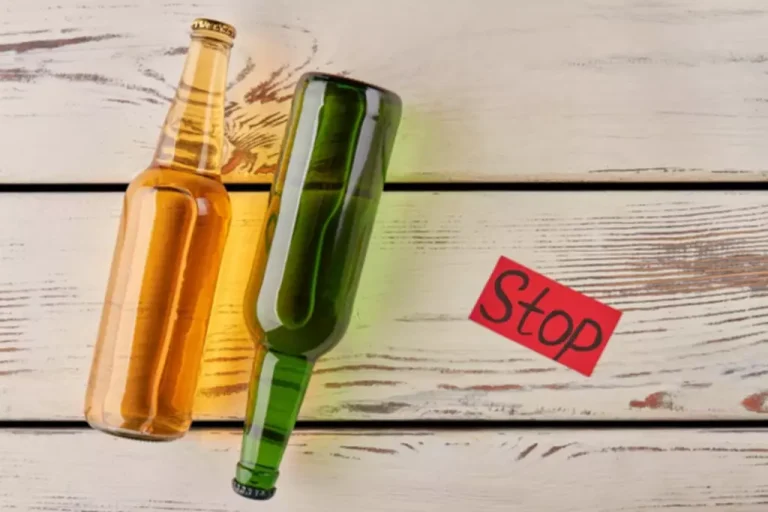Long-Term Recovery: Strategies for Relapse Prevention

Outcomes in which relapse prevention may hold particular promise include reducing severity of relapses, enhanced durability of effects, and particularly for patients at higher levels of impairment along dimensions such as psychopathology or dependence severity21. These covert antecedents include lifestyle factors, such as overall stress level, one’s temperament and personality, as well as cognitive factors. These may serve to set up a relapse, for example, using rationalization, denial, or a desire for immediate gratification. Lifestyle factors have been proposed as the covert antecedents most strongly related to the risk of relapse. It involves the degree of balance in the person’s life between perceived external demands and internally fulfilling or enjoyable activities.

Steps to Creating a Relapse Prevention Plan

A variety of drugs are used to help individuals in the process of recovery from addiction. Recovery from addiction is an ongoing journey with its fair share of challenges. One of relapse prevention skills the most significant hurdles individuals face in recovery is the risk of relapse. A relapse can be disheartening and frustrating, but it doesn’t have to be the end of the road.
- Physical relapse is only preventable if you avoid high-risk situations.
- Self-efficacy is defined as the degree to which an individual feels confident and capable of performing certain behaviour in a specific situational context5.
- Therefore, future research should explore patient motivation to increase engagement and ensure sustained positive effects of therapy.
- This is the final stage where you actually start using substances again.
- The focus is on identifying and accepting the urge, not acting on the urge or attempting to fight it4.
Unlocking the Power of Hormones: How to Take Control of Your Health and Well-Being
Some researchers have differentiated a “lapse” (an initial use of the substance) from a “relapse” (uncontrolled use of the substance). However, this distinction may be detrimental to some individuals by helping them to minimize the impact of a lapse. As the DSM criteria make clear, most individuals with a substance use disorder have difficulty controlling how much they use, resulting in the likelihood that one drink, for example, will lead to many more if not corrected. Also, an initial lapse can lead to an increased obsession with further use. Therefore, a key aspect of recovery is identifying potential triggers and risk factors and avoiding them as much as possible. Read more to learn about types and stages of relapse in addiction, as well as relapse prevention strategies.
Outcome Studies for Relapse Prevention
The components you acknowledged in your plan at the beginning of your recovery have the potential to change and develop over time, as do the people in your support system. Each individual’s needs will vary, so it is important to assess where you are in your recovery and to be honest with yourself. A relapse prevention plan worksheet that starts with setting personal goals for wanting to stay sober helps a patient find a life purpose. It keeps the patient’s mind distracted and away from the object of addiction.
Identify Triggers

Helping clients avoid high-risk situations is an important goal of therapy. Clinical experience has shown that individuals have a hard time identifying their high-risk situations and believing that they are high-risk. Sometimes they think that avoiding high-risk situations is a sign of weakness. Another goal of therapy at this stage is to help clients identify their denial. I find it helpful to encourage clients to compare their current behavior to behavior during past relapses and see if their self-care is worsening or improving.

It involved creating up to five different implementation intentions unique to each participant, decided collaboratively with a psychological wellbeing practitioner during a face-to-face session up to 4 weeks following discharge. Using’ if-then’ statements, these implementation intentions linked any situation (i.e., an internal or external cue) to a response, such as a behaviour, feeling or cognition, and accompanied any relapse prevention plan discussed during therapy. Additionally, the intervention involved using diary sheets to monitor the usage of implementation intentions and any issues that occurred. Participants also received three monthly telephone support calls from a practitioner following end of treatment.
- It’s important to know which triggers might cause you to relapse and come up with strategies for managing them.
- Though relapse prevention plans are unique to each individual, there are specific components that are helpful to include in a final plan.
- Think about what’s driving you to quit, such as rebuilding damaged relationships, keeping a job, or getting healthy again.
- Setting up a system to reach out if they sense you may be heading toward a relapse might also be helpful.
- American Addiction Centers (AAC) is committed to delivering original, truthful, accurate, unbiased, and medically current information.
- The belief is that recovery requires some special strength or willpower that the individual does not possess.
The New York Office of Alcoholism and Substance Abuse Services (OASAS) reports that these are common potential triggers for relapse. By implementing physical exercise and a balanced diet, one can improve their quality of sleep. This can be done by setting up and following a structured sleep, exercise, and eating schedule. By doing this, one can retrain the body to sleep better and will also help reduce the risk of relapse. CBT is a form of psychotherapy that helps identify negative thoughts that lead to substance abuse.
Relapse Triggers
- Relapse is a common challenge for individuals recovering from addiction.
- Relapse prevention is one of the main goals of drug or alcohol treatment programs.
- Relapse prevention plans can include ways in which you hope to amend the damage addiction caused in your life.
Lapse management includes drawing a contract with the client to limit use, to contact the therapist as soon as possible, and to evaluate the situation for factors that triggered the lapse6. Interpersonal relationships and support systems are highly influenced by intrapersonal processes such as emotion, coping, and expectancies18. Setting and communicating boundaries in recovery is important for your relationships and a practice of self-love. Without boundaries, you may say “yes” to things you don’t want to, avoid necessary conversations, and be consumed by others’ negative feelings.
Other Resources

A systematic review of 21 studies demonstrated comparable effects of GSH with traditional face-to-face psychotherapies after a one-year follow-up (Cuijpers et al., 2010). Another systematic review exploring the effects of GSH via computerised CBT, provides evidence demonstrating the efficacy and acceptability of GSH interventions as treatment for anxiety and/or depression symptoms (Etzelmueller et al., 2020). In England, the effectiveness of low intensity interventions, like GSH, administered within NHS Talking Therapies services is evidenced by recovery rates of 50% meeting national standards (NHS, 2022). Long-term solutions for managing relapse are about preventing relapse as much as possible. The following strategies have been effective for people who are dependent on alcohol or another drug in helping to reduce the risks of relapse on the road to recovery. Lapses (a one-time return to addictive behavior) and relapses (a return to an addictive lifestyle) do occur.
